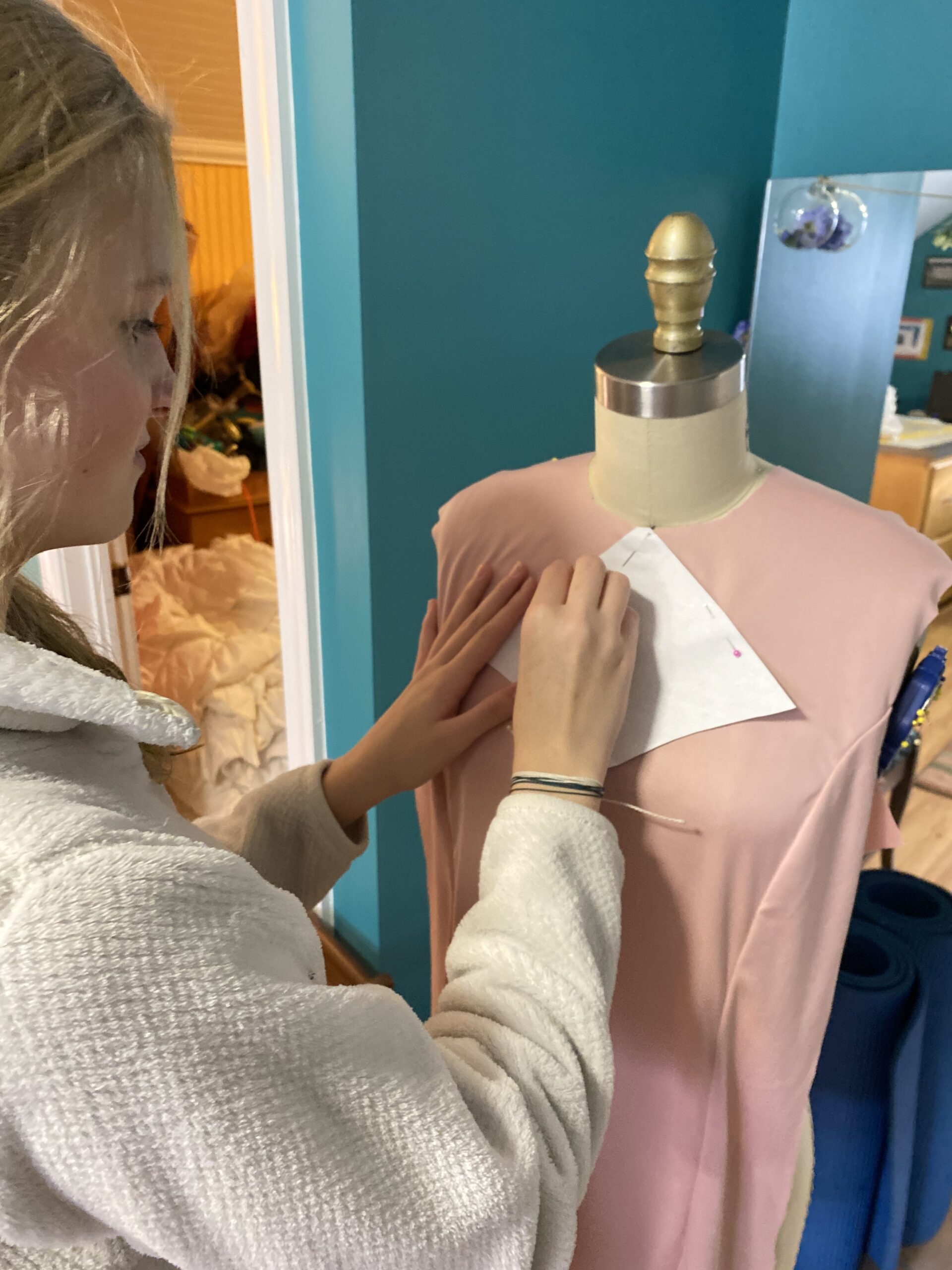“I don’t feel like [scoliosis] limited me in any way.” Layla Sauls said.
Layla’s mom made a dress for Layla’s pageant and noticed a slight disparity in one shoulder from the other.
Layla watched her sister go through the process of scoliosis surgery and she wanted to avoid surgery. She came in to Hey Clinic to get her spine checked and Dr. Hey gave her options for treatment. She chose to try Schroth physical therapy.
Layla found it easy to complete the exercises at first, but as she got busier in sports and in high school she found it hard to balance her exercises with her schedule. When she stopped her exercises for a season, she discovered that her curve progressed.
She said it’s easier when she finds a time to get the exercises done each day because she knows it’s worth it. Her mom also started to do physical therapy to help her hip pain.
Schroth Helps Correct Posture
At first, Layla felt unsure if she would need to give up dance because of her scoliosis. It ended up being quite the opposite as Layla started to notice her incorrect posture in dance after going through physical therapy. She noticed her back would hurt when she held herself incorrectly.
“It’s helped my posture with dance for sure,” she said.
Layla continues to dance and actively participates in the community through volunteer work and the pageants she participates in.
How Does Schroth Work?
Schroth exercises elongate and stabilize the spine so that posture can be realigned. The Schroth method consists of stretches, strengthening exercises, breathing techniques, and postural training exercises designed to address each individual curve type.
Schroth is a conservative, non-surgical approach to treating scoliosis. This form of treatment can be combined with bracing and has been shown to reduce progression of scoliosis during adolescent growth and, in some cases, decrease the angle of the spinal curvature.

